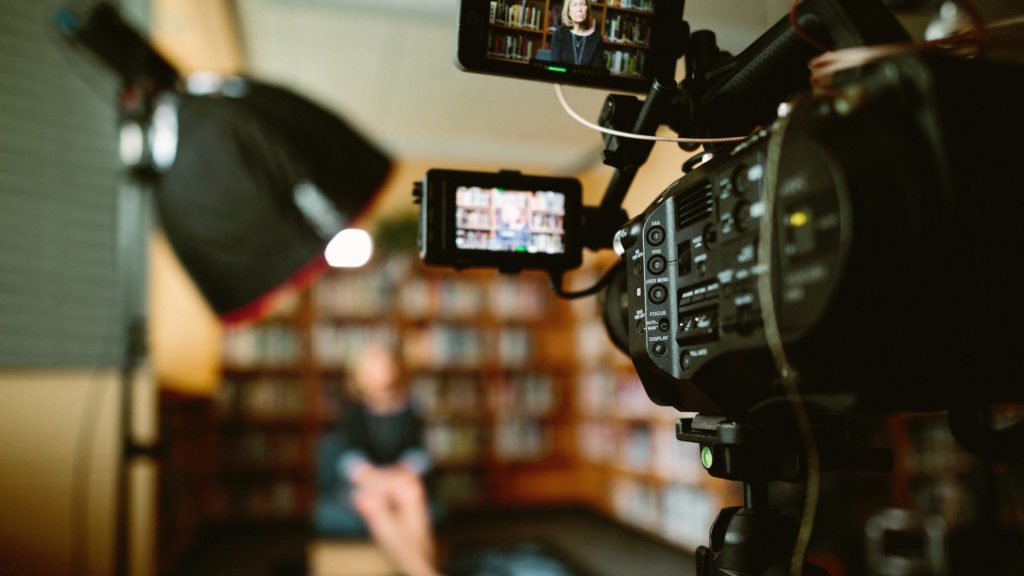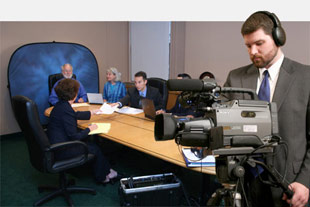Delving Into the Mechanisms of Lawful Videography: Unveiling Its Procedure in Safeguarding Genuine Visual Testament for Judicial Procedures
In the realm of judicial process, the role of lawful videography stands as a cornerstone in maintaining and presenting aesthetic evidence. As modern technology proceeds to advance, the mechanisms behind lawful videography have actually come to be progressively detailed, offering an important layer of authenticity to testaments caught on video.
Historic Evolution of Lawful Videography
Analyzing the historical development of lawful videography reveals a substantial transformation in the catching and discussion of aesthetic evidence within the legal landscape. In the past, legal process heavily relied upon composed photographs and records to record occasions and offer evidence. With the introduction of video innovation, the lawful sector observed a paradigm shift in how visual testimony was caught and offered.
The advancement of lawful videography can be mapped back to the late 20th century when advancements in video recording devices made it a lot more accessible for use in courtrooms. This technological development not only improved the accuracy and reliability of aesthetic evidence however also changed the way instances existed to discretionary (Legal Videography). Lawyers began to acknowledge the influential power of video recordings in communicating emotions, nuances, and non-verbal cues that created records or pictures alone could not record properly

Technology Developments in Video Documentation
What essential technological improvements have transformed video clip documentation in the lawful field? The lawful field has seen substantial improvements in video clip paperwork modern technology that have actually boosted the authenticity and integrity of visual proof in judicial process.
Furthermore, innovations in video file encryption and watermarking technologies have boosted the safety and tamper-proof nature of video proof, safeguarding it against unapproved alterations or tampering. In addition, the introduction of cloud storage space solutions and remote access abilities has structured the storage, retrieval, and sharing of video proof, promoting seamless collaboration among attorneys and ensuring effective accessibility to critical visual statements when needed. These technological innovations in video clip documents have actually undoubtedly revolutionized the legal area, boosting the precision, reputation, and admissibility of aesthetic proof in judicial procedures.
Function of Legal Videographers in Courtroom Setups
The development of video documents innovation in the legal area has actually required an essential duty for lawful videographers in courtroom settings, making certain the integrity and integrity of aesthetic statements provided during judicial procedures. Lawful videographers play an essential duty in recording and maintaining precise visual proof that can be crucial in court situations. Their responsibility reaches establishing equipment, taping proceedings, and generating premium videos that precisely reflect the occasions in the courtroom.
In court setups, legal videographers have to abide by rigorous guidelines and requirements to maintain the authenticity of the aesthetic record. They need to have a keen eye look at this now for information and a comprehensive understanding of lawful treatments to guarantee that the video footage they catch is a real representation of the occasions that took place. Additionally, legal videographers often work very closely with legal teams to make sure that the video clip evidence aligns with the situation's needs and can be effectively provided in court to sustain the lawful arguments being made. In general, the function of lawful videographers in court room settings is indispensable in upholding the principles of justice and making certain the openness of legal proceedings.

Ensuring Admissibility and Integrity of Video Clip Proof
To maintain the integrity of aesthetic evidence provided in lawful process, ensuring the admissibility and stability of video clip proof is a crucial obligation for lawful videographers. Admissibility describes the approval of evidence by the court, and for video evidence to be acceptable, it has to fulfill certain criteria. Legal videographers play a vital duty in ensuring that the videos they capture conform with the policies of proof, such as importance, credibility, and integrity.
Stability of video clip proof entails maintaining the originality and precision of the video footage from the moment it is taped up until it is provided in court. This includes securely storing the video clip documents, recording the chain of custody, and preventing any meddling or changes. Lawful videographers need to adhere to strict protocols to assure the honesty of the video clip evidence and prevent any kind of obstacles to its credibility.
Future Trends in Legal Videography
Given the increasing dependence on innovation in legal proceedings, lawful videographers are poised to embrace cutting-edge improvements shaping the future of aesthetic testament capture and presentation. Among the famous patterns imminent is the assimilation of review online fact (VIRTUAL REALITY) and augmented fact (AR) innovations into lawful videography. These modern technologies have the prospective to revolutionize just how visual proof exists in court rooms, enabling courts and judges to submerse themselves in the scene of the criminal offense or case.
Moreover, making use of expert system (AI) formulas for video clip analysis is anticipated to improve the procedure of reviewing and assessing large quantities of video clip footage. AI can aid in determining vital minutes, abnormalities, and patterns within videos, improving the effectiveness of lawful investigations.

Verdict
In final thought, legal videography has actually played an essential duty in offering genuine visual proof for judicial proceedings. Via technological innovations and the competence of lawful videographers, the stability and admissibility of video clip evidence are made sure in courtroom settings. As lawful videography proceeds to develop, it will certainly be necessary to promote standards that preserve the precision and reliability of aesthetic testament for the future of legal procedures.
Checking out the historical progression of lawful videography discloses a significant improvement in the recording and presentation of visual evidence within the lawful landscape.The advancement of video documentation innovation in the lawful area has required an important duty for lawful videographers in court room setups, guaranteeing the integrity and integrity of aesthetic testimonies i loved this offered throughout judicial process. In addition, legal videographers typically function carefully with lawful groups to make sure that the video clip proof straightens with the instance's requirements and can be effectively presented in court to support the legal disagreements being made.To preserve the integrity of aesthetic proof provided in legal procedures, guaranteeing the admissibility and stability of video evidence is a crucial responsibility for legal videographers. As lawful videography proceeds to advance, it will certainly be crucial to promote criteria that preserve the accuracy and reliability of aesthetic statement for the future of legal procedures.